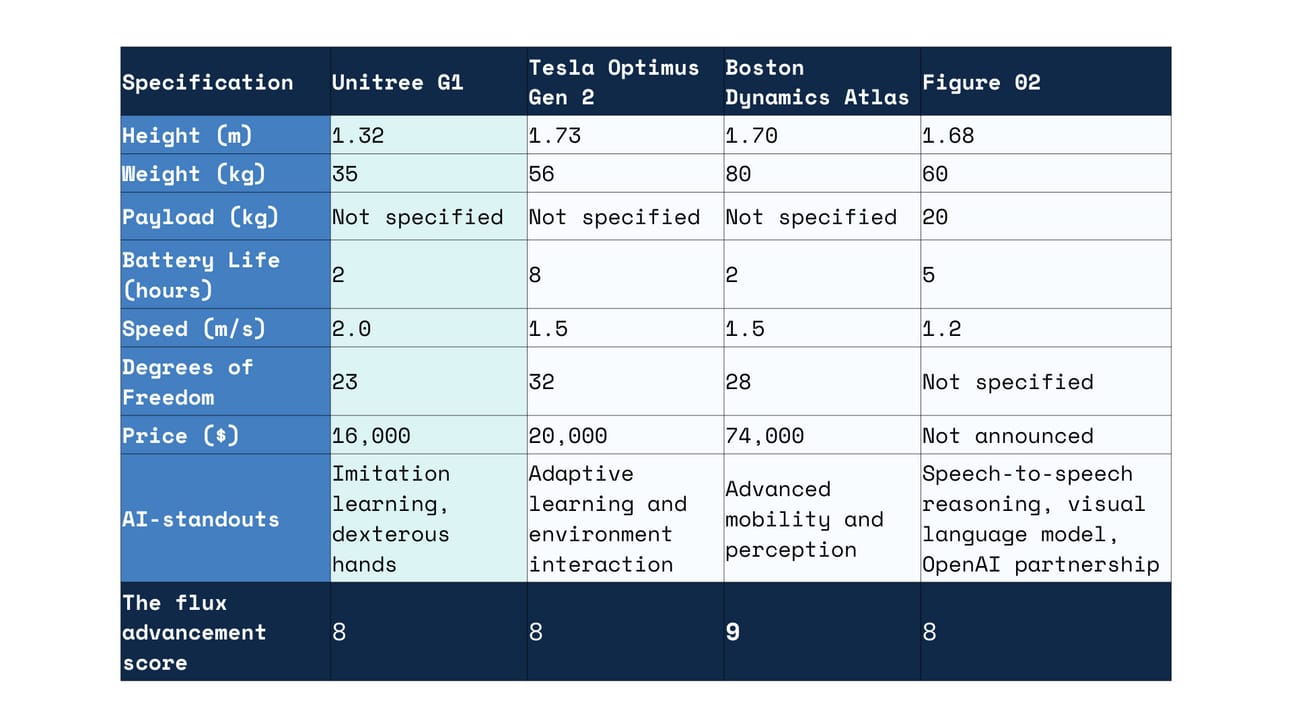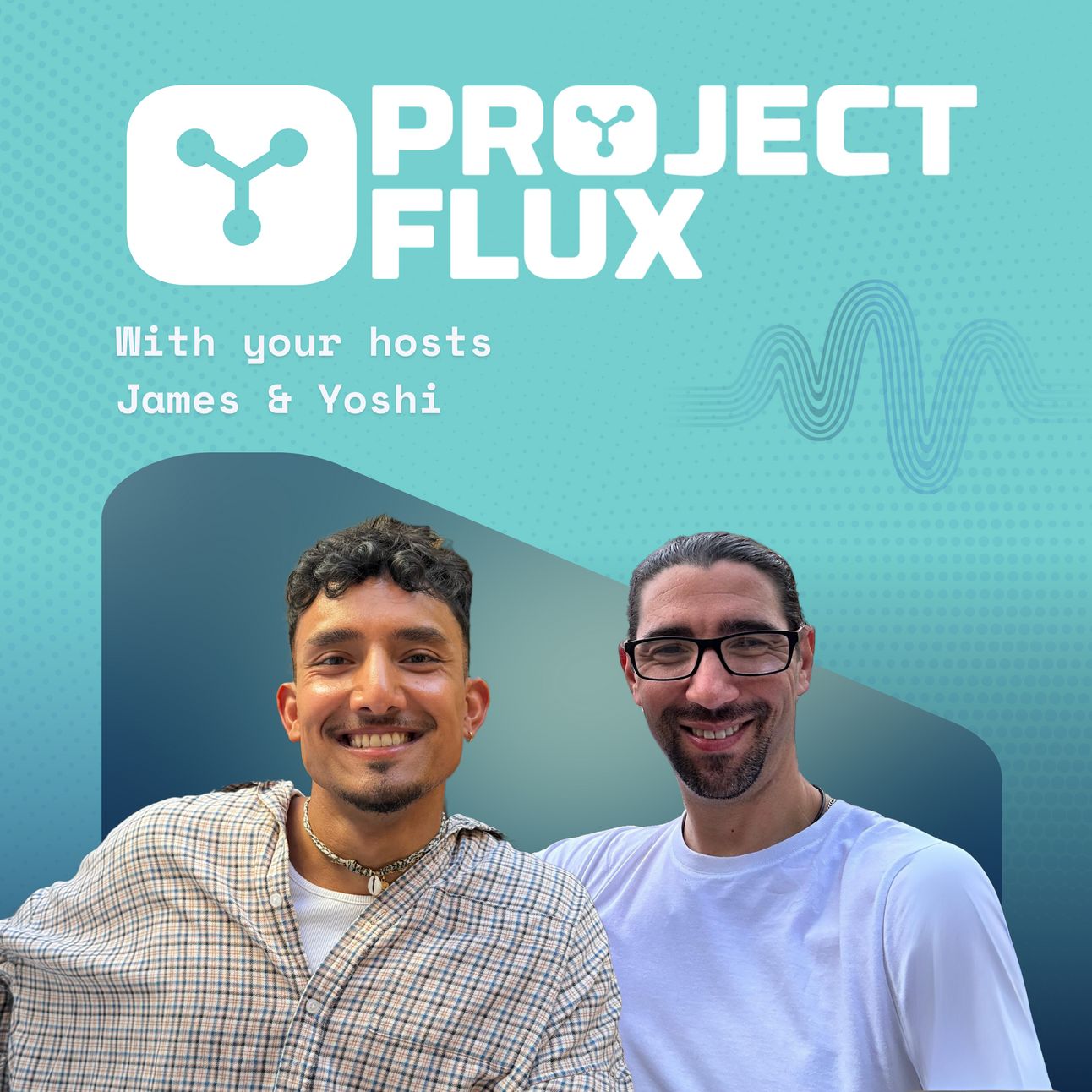Table of Contents
This Week’s BIG thing
The growing concern of AI Anthropomorphisation 🤖

As AI continues to integrate into our daily lives, one emerging challenge is the tendency to anthropomorphise AI—treating it as if it were human. This phenomenon, known as the ELIZA effect, stems from our natural inclination to attribute human characteristics to non-human entities, including AI. While this can make interactions with AI feel smoother and more intuitive, it also blurs the line between humans and machines, creating potential risks.
AI systems, despite their sophistication, lack the deep-seated understanding of context, emotions, and social norms that humans develop over time. However, as AI becomes more lifelike in its responses, people often engage with it as if they are communicating with another person. This can lead to pseudo-social bonds, where users develop emotional attachments to AI and place undue trust in its outputs—trust that may be misplaced, especially if the AI generates incorrect or misleading information.
As AI continues to evolve with more human-like features, the ELIZA effect is likely to intensify. We're already seeing this with AI systems that have voice capabilities and visual cues, making them appear even more human. The challenge for professionals is to understand these tendencies and manage them effectively to avoid potential pitfalls.
Why you should care 🫵
Recognising the ELIZA effect is crucial for anyone using AI, especially project professionals. As AI becomes more embedded in project management and operations, there's a risk of over-reliance and misplaced trust. By understanding the limitations of AI and ensuring transparency about its capabilities, you can avoid the risks of anthropomorphisation. This awareness is key to using AI responsibly, ensuring that it supports your work without leading to ethical dilemmas or unintended consequences.
We’ve recently covered the speed in which AI-powered robots are being developed for on-site use in the near future. Considering what we’ve covered on anthropomorphisation, the dynamic of human-robot interaction on a project site will be intriguing to say the least, how do you think it will play out?
The rabbit hole 🐰
OpenAI’s stance and discovery of anthropomorphisation 🔗
Research into accounts over-trusting AI 🔗
Read people’s real life addiction to emotional AI 🔗
What’s new: Projects
Breakthrough’s in AI-powered solar panelling

AI-powered solar energy is an emerging technology that combines artificial intelligence with solar power systems to greatly cut costs, and accelerate the deployment of renewable energy projects. Meet Maximo - the AI robot designed to drastically improve solar farm construction efficiency. Here’s what you need to know!
Productivity boosts
Maximo purportedly cuts installation time and costs by 50% compared to traditional methods.
How Maximo Works
It is an autonomous vehicle with robotic arms that automates heavy lifting tasks such as picking, placing, and securing solar panels.
It is technology-agnostic, adaptable to various solar modules, clamps, rails, and trackers.
AI Integration
Computer Vision: Ensures precise panel placement and enhances installation accuracy.
Continuous Learning: Uses machine learning to optimise performance over time.
Image Reconstruction: Employs generative AI to operate effectively in different lighting conditions.
Deployment and Future Plans
Validated across multiple U.S. sites, Maximo has installed nearly 10 megawatts (MW) of solar capacity.
AES plans to use Maximo to build 5 gigawatts (GW) of solar projects over the next three years, including the 2 GW Bellefield project in California.
Impact on Renewable Energy
Maximo's efficiency improvements are crucial for meeting the growing demand for renewable energy, especially for data centres.
Innovations like Maximo can accelerate solar project timelines and reduce costs, making solar power more competitive and reliable.
Integration with Other Technologies
Efficiency gains can be amplified by combining Maximo with technologies like bifacial panels and energy storage systems.
AI and machine learning are also enhancing other aspects of solar energy, such as predictive maintenance and performance optimisation.
Why you should care 🫵
AI-powered “autonomous” vehicles like show a pivotal shift in the way large-scale renewable energy projects are executed. The ability to cut installation time and costs by half is not just a technical advancement; it fundamentally alters project timelines, budgets, and resource allocation. With increasing pressure to deliver complex projects faster and more efficiently, tools like Maximo offer a strategic advantage by reducing risks, improving accuracy, and enabling scalability in ways that were previously unattainable. As the demand for renewable energy surges, especially from energy-intensive sectors like data centers, projects which leverage these innovations will be better equipped to meet aggressive targets and deliver sustainable solutions on time and within budget.
The rabbit hole 🐰
Hear from the creators themselves 🔗
Watch Maximo in action 🔗
More Info on the AI capability 🔗
Case study on Amazon’s solar + storage facility 🔗
What’s new: Tech
Human-like robots for $16k USD?!

We’ve recently covered a few developments within the robotics field, and now here’s another with a different intent!
Introducing, Unitree Robotic’s G1 Robot. Here’s what you need to know!
The G1 humanoid robot is now available for mass production at a surprisingly accessible price of $16,000. This marks a breakthrough in affordability, slashing costs by 90% compared to Unitree's previous H1 model.
Standing at 1.32 meters tall and weighing 35 kg, the G1 runs for about 2 hours on a single charge.
With 23 degrees of freedom, the G1 can perform intricate movements like jumping, spinning, and climbing stairs with ease.
It boasts a walking speed of up to 2 m/s and features dexterous three-fingered hands for precision tasks. Not quite as human-like as OpenAI’s Figure 02 robot!
Equipped with advanced vision systems, including a depth camera and lidar, the G1 navigates and perceives its environment with impressive accuracy.
The G1 is powered by Unitree's cutting-edge UnifoLM AI, enabling skill learning and adaptability.
While not yet ready for everyday consumer tasks, the G1 is positioned as an affordable and versatile platform for robotics research and development.
Here’s how the G1 robot stacks up to leading models:

The rabbit hole 🐰
What’s new: Productivity
Instagram’s AI Avatars

Instagram is introducing a new "AI Studio" tool, allowing creators to generate AI-powered chatbot versions of themselves. Currently in testing with around 50 creators in the U.S., this feature aims to boost user engagement by enabling users to manage follower interactions more effectively through personalised AI avatars.
What makes Instagrams tool different?
Instagram's AI Studio tool stands out by focusing on creating interactive chatbots that capture the creator's personality and communication style. Unlike other tools such as ToonMe, Lensa AI, and Fotor, which specialise in generating stylised profile pictures or enhancing selfies, Instagram's AI avatars are designed for personalised interactions and customer support.
Practical Applications
More active responses: AI avatars can efficiently manage the influx of follower questions, delivering consistent and engaging responses.
Customer support for small businesses: Small businesses with less resource can develop AI characters tailored to their audience, enhancing customer interactions.
Brand persona creation: Companies can use AI avatars to craft relatable and compelling promotional content.
Ethical and Legal Considerations
Transparency: Ensuring AI avatars are clearly identified to prevent confusion or deception. Meta have said they will label AI generated content.
Data Privacy: Protecting user interactions with AI avatars and adhering to data protection regulations.
Intellectual Property: Navigating potential copyright issues when training AI models on licensed content, a concern highlighted by YouTube's negotiations with record labels.
Why you should care 🫵
General AI avatars appear like tools typically associated with content creators, but when looked in context of project delivery, various concepts open up:
Automated customer support: Deploying AI avatars to provide efficient and personalised customer assistance throughout the project lifecycle.
Stakeholder engagement: Utilising AI characters to deliver consistent project updates and address stakeholder queries.
Training and onboarding: Creating AI avatars as interactive guides for team member training and onboarding processes.
Marketing and promotion: Developing relatable AI personas to highlight project milestones and benefits to target audiences.
The rabbit hole 🐰
Watch the interview with Mark Zuckerberg on Meta’s AI Studio, skip to 7:26
How you can create an AI avatar
More useful reading on Insta’s AI avatars
Project Flux Podcast
In our latest podcast we went slightly philosophical, whilst predicting what the next generation of AI will be like, here’s what we discussed:
1️⃣ The next generation of AI and its advanced reasoning capabilities
2️⃣ AI tackling whole complex projects not just tasks
3️⃣ The importance of emotional intelligence, our weakness and strength as humans

Meet Project Flux: About Us
At Project Flux, we're committed to pioneering the future of construction and project delivery through the lens of cutting-edge Artificial Intelligence insights. Our vision is to be at the forefront of integrating AI into the fabric of project delivery, transforming how projects are conceptualised, planned, and executed.
Our Mission Project Flux aims to not only inform and educate but also to inspire professionals in the construction industry to embrace the transformative potential of AI. We believe in the power of AI to revolutionise project delivery, making it more efficient, predictive, and adaptable to the dynamic demands of the modern world.
What We Offer Through our insightful newsletters, podcasts and curated content on LinkedIn, and engaging discussions, Project Flux serves as a resource for professionals seeking to stay ahead in their field. We offer a blend of practical advice, thought leadership, and the latest developments in AI and construction technology.
What People Say…
“It was a real pleasure being a guest on the Project Flux podcast. James and Yoshi are really on top of things when it comes to AI in general and its application in project management specifically. If you just have a few minutes a week have a read through their newsletter so you can stay informed. If you have just a bit more time, they know how to ask the right questions in the podcast."